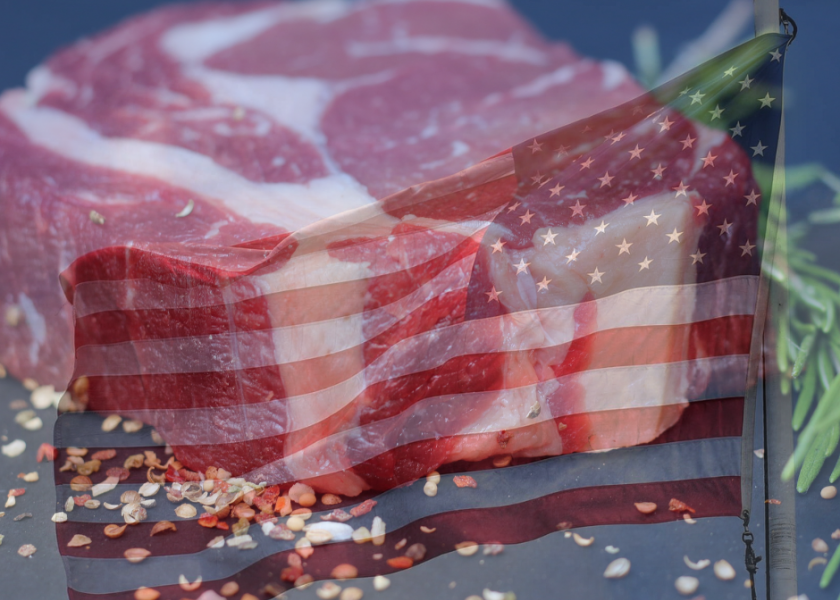Every Dollar Invested Net Returns 24.5 Times, Halstrom Says

Recently introduced legislation by Senators Angus King (I-Maine), Joni Ernst (R-Iowa), Tina Smith (D-Minn.) and Chuck Grassley (R-Iowa) would increase annual funding for the USDA Market Access Program (MAP) and Foreign Market Development Program (FMD) – two programs aimed at bolstering global demand for U.S. agriculture products.
While the programs have strong bipartisan support, says Dan Halstrom, U.S. Meat Export Federation (USMEF) president and CEO, MAP and FMD funding has remained static since 2006 and 2002, respectively.
“From our standpoint, this is really an important opportunity to add value long-term for red meat exports,” Halstrom says. “If you look at sequestration and inflation, the real spending power has diminished over time. Thus, there is reason to look at this seriously as an opportunity to get competitive in real dollar terms.”
The proposed bill would double mandatory funding for MAP from $200 million to $400 million annually and FMD from $34.5 million to $69 million annually, as detailed in the Coalition to Promote U.S. Agricultural Exports bill summary.
Halstrom notes that these programs are a supplement to industry dollars invested each year in U.S. exports. Considering the payback over the years from investments into MAP and FMD, Halstrom says, “for every dollar invested, there's a net return of $24.50.”
With a forecasted all-time-record in U.S. beef and pork exports in 2022 – reaching $20 billion – Halstrom assures the importance of this investment to the U.S. industry and its ability to remain competitive.







